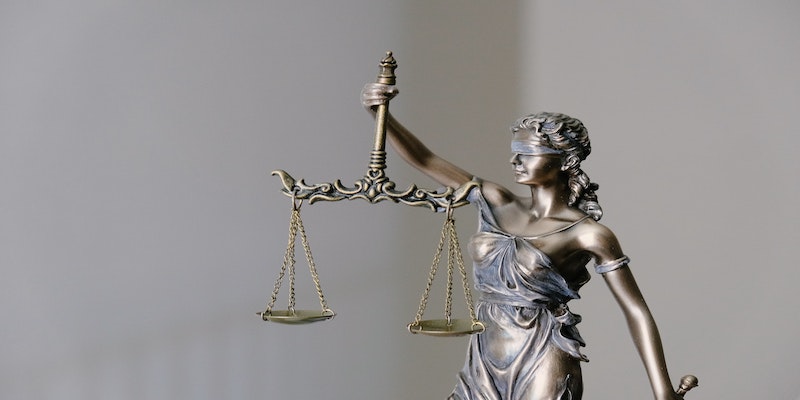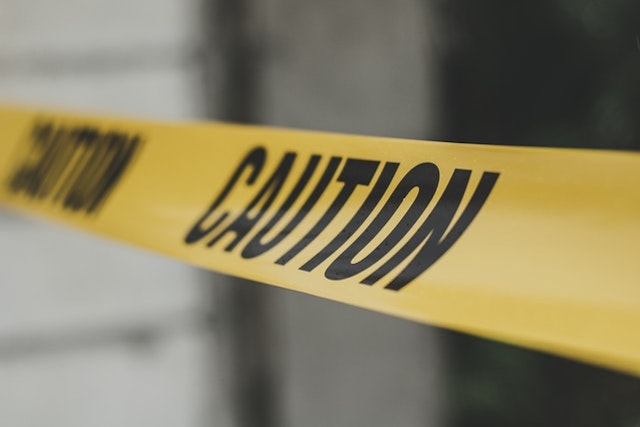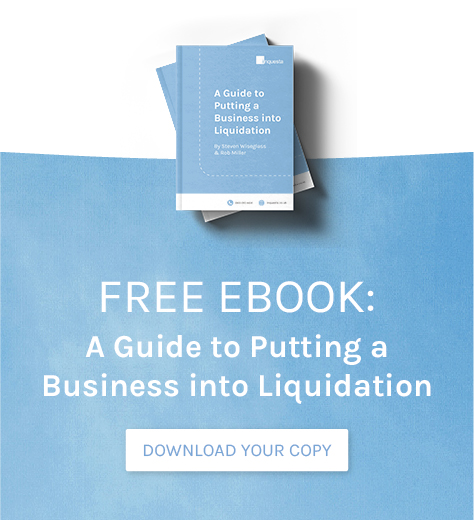The COVID-19 pandemic and associated lockdowns hit everybody hard, with businesses from all areas of industry really feeling the pinch. The fact that companies had to close their doors meant even previously successful and profitable enterprises found themselves in difficulty, while those who already had debts were struggling to keep their heads above water.
As a result of the squeeze, the government introduced the Business Bounce Back Loan Scheme (BBLS) to give firms a vital lifeline when they needed it most. Now that the country is opening up again, and the loans are having to be repaid, many company directors are seeing potential pitfalls and hurdles that could trip them up if they are not careful.
If you are ever unsure whether you are in a position to repay your Bounce Back Loan, it is essential to seek expert guidance at your earliest opportunity, before things get too difficult.
What are Bounce Back Loans?
Business Bounce Back Loans were a measure introduced by Chancellor Rishi Sunak in an attempt to help businesses access finance more quickly during the COVID-19 pandemic. The scheme was launched back in May 2020 and was open to applications up until 31st March 2021.
Aimed primarily at small and medium-sized business, Business Bounce Back Loans allowed companies hit by the pandemic’s sting to borrow between £2,000 and up to 25% of their turnover. The government guaranteed 100% of the loan for the first 12 months, and interest rates were set at 2.5% after that.
To be eligible for Bounce Lack Loans, a business would need to meet a series of criteria:
- Established for longer than two months prior to the scheme creation (March 2020).
- The company was actively trading at the date of application.
- You could not be in the process of bankruptcy or liquidation.
- A business could not have already applied for, or obtained another loan; for example a business interruption loan scheme.
With many businesses now looking into paying back their Bounce Back Loans, they are becoming aware of a few potential pitfalls.
Am I Personally Liable for a Bounce Back Loan?
A unique and attractive aspect of the Business Bounce Back Loan was that directors did not need to provide any form of personal guarantee. As a result, as long as you adhere to the rules, there is no risk of you being personally liable and having to use your own assets to pay back the loan should your firm fail.

With a more typical loan, a personal guarantee would typically need to be signed as a rule. This meant that if the company were to then enter into a formal insolvency process, its directors would be pursued to cover the debts out of their own pocket.
The fact that the Business Bounce Back Loan did not require a personal guarantee was likely to have been significant for company directors. This is because estimations from the Cabinet Office show that 35-65% of all firms who took out the loan would end up defaulting — something that could have proved catastrophic for the owners of these enterprises.
In the event of a company defaulting on their Business Bounce Back Loan, the lenders will instead claim back the lost money via the government’s guarantee. This is only eligible if the rules of the loan are enforced. These conditions are:
- The company met all of the criteria for the loan
- Directors in no way breached their fiduciary duties
- All spent funds were utilised in accordance with the initial loan agreement and not in any unauthorised way.
The Potential for Bounce Back Loan Fraud
There are several ways in which a company director could commit Business Bounce Back Loan fraud. These range from using the funds for purposes that differ from how they were intended, to wrongful trading. Should a person be found guilty of committing loan fraud, they face a fine and/or lengthy sentence in prison. Any relevant assets and funds will also be seized.
It is estimated that over £40 billion was loaned out under the government’s Bounce Back Scheme. Estimates from the Department for Business, Energy & Industrial Strategy suggest that overall losses due to fraud and companies being unable to repay loans across all COVID-19 schemes were likely to amount to £20 billion, with around £16 billion relating to the BBLS.
What Can the Loans be Used For?
The Business Bounce Back Loan Scheme was initially created to give small businesses affected by the pandemic a fighting chance of survival. To receive the loan in the first place, the borrower was required to guarantee that they would only use it on investment, or working capital for the business. This typically would include bills, wages, and any essential running costs.
The loan was, under no circumstances intended to be used for personal economic benefit. Despite this, there have been reports of business owners transferring funds obtained from the Business Bounce Back Loan into their personal account, as well as making purchases of items such as expensive cars.
Any company director who has used the funds for ways they were not intended could face prosecution for fraud.
Preference Payments
It is the duty of any company director to act in the best interests of their creditors should their firm get into financial difficulty and risk going insolvent. However, sometimes a business owner will deliberately choose to pay back one creditor over another, known as making “preference payments”.
Therefore, if a Business Bounce Back Loan was used to pay back certain creditors but exclude others, it can be seen as a preference payment. An example of this is if a company director uses the funds to pay back a loan that was secured with a personal guarantee, rather than settle up with unsecured creditors.
Another example of a preference payment is where a debt is settled to a third party such as a friend or family member, while ignoring any outstanding tax liabilities the firm may have.
Are Bounce Back Loans Enforceable?
Business Bounce Back Loans are, in theory, not legally enforceable. They were given out with the intention of every penny being paid back. That being said, they should not be considered as ‘free money’, and those company directors who have used the funds for their own personal gain could find themselves in deep water as a result.

If court proceedings do arise and you find yourself guilty of Bounce Back Loan fraud, you could be handed a series of punishments; from fines to disqualification, confiscation orders to imprisonment. Therefore, if you are ever unsure about whether you have done the right thing, it is essential to seek specialist guidance as soon as possible.
Even if you have done everything by the book, you may find yourself unable to pay back your Bounce Back Loan. As a Company Director, there are numerous options available to you to which include:
- Entering into a formal or informal arrangement with your creditors
- Requesting an extension to your Bounce Back Loan through the Governments Grow as You Earn Scheme
- Placing the company into Liquidation or Administration
For additional information on what to do if you can’t repay your Bounce Back Loan, please read our blog on the subject.
Why Contact Inquesta
The nature and complexity of the government’s Business Bounce Back Loan Scheme means that a large share of the companies that took them out in the first place now find themselves unable to pay them back.
The Inquesta team boasts decades of experience in guiding clients through similar situations. There is nothing we haven’t seen and can’t deal with.
When you contact Inquesta you know you’ll be getting a client-centric service designed with your best interests at heart.
To find out more about how Inquesta can help you, contact a member of our team today, or request a free consultation.



